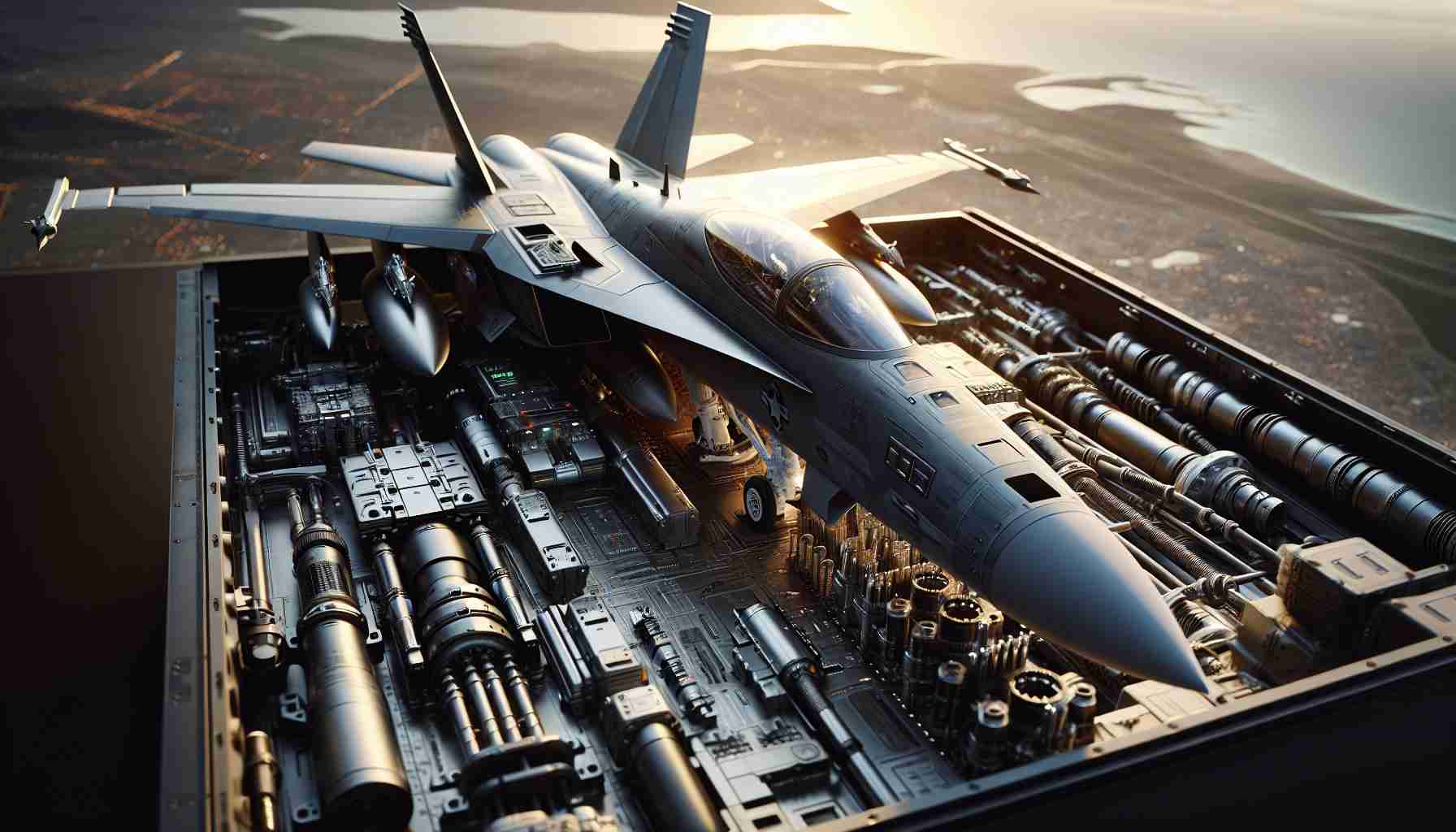In the ever-evolving landscape of military aviation, the superiority of a nation’s air force often hinges on the capabilities of its combat aircraft. As global threats continue to rise and technology rapidly advances, nations are investing heavily in their aerial capabilities. This article explores some of the best combat aircraft currently in service, highlighting their advanced features and roles in modern warfare.
One of the standout machines of this era is the F-35 Lightning II, developed by Lockheed Martin. The F-35 is a family of stealth multirole fighters that includes the F-35A (conventional takeoff and landing), F-35B (short takeoff and vertical landing), and F-35C (carrier-based). Equipped with advanced avionics, sensor fusion, and stealth capabilities, the F-35 is designed to dominate air-to-air and air-to-ground combat. The aircraft’s ability to operate in contested environments while remaining largely undetectable makes it a formidable asset for the United States and allied forces.
Another remarkable aircraft is the F-22 Raptor, also developed by Lockheed Martin. The F-22 is renowned for its unparalleled air superiority and advanced stealth features. It can achieve supercruise, maintaining supersonic speeds without afterburners, which grants it an edge in speed and range. Its integrated avionics system enhances situational awareness, allowing pilots to engage threats effectively while minimizing risk. Designed primarily for air dominance, the F-22 is a critical component of the U.S. Air Force’s strategy to maintain air supremacy.
On the other side of the Atlantic, the Eurofighter Typhoon stands out as a leading multirole fighter. A product of collaboration among several European nations, it excels in engaging both air and ground targets. The Typhoon is equipped with an advanced radar and sensor suite, making it highly effective in combat. Its agility and speed ensure it can outperform many of its contemporaries. Additionally, ongoing upgrades and enhancements ensure the Typhoon remains relevant in modern warfare scenarios.
The Russian Su-57 Felon represents a significant advancement in stealth fighter technology. Designed to compete with the F-22 and F-35, the Su-57 features advanced stealth capabilities, supercruise, and a high degree of maneuverability. Its innovative design incorporates composite materials and a unique shape to reduce radar cross-section, enabling it to evade enemy detection. As a multirole fighter, the Su-57 is capable of conducting a wide array of missions, from air-to-air combat to precision ground strikes.
Lastly, the Chengdu J-20, China’s fifth-generation stealth fighter, is making waves in international military circles. The J-20 is designed to penetrate advanced enemy airspace undetected and engage enemy aircraft effectively. With its focus on stealth and advanced avionics, the J-20 is a key element of China’s military modernization efforts. It aims to establish air superiority and showcases China’s growing capabilities in the field of military aviation.
In conclusion, the current landscape of combat aircraft includes a range of highly advanced models, each equipped with unique capabilities that enhance a nation’s military might. The F-35, F-22, Eurofighter Typhoon, Su-57 Felon, and Chengdu J-20 are exemplary representations of how air combat technology has evolved. As nations continue to invest in aerial warfare capabilities, these aircraft will play pivotal roles in shaping future military strategies and outcomes. The emphasis on stealth, speed, and versatility illustrates the relentless pursuit of dominance in the skies.
Essential Tips and Life Hacks for Air Combat Enthusiasts
For those fascinated by the world of military aviation, particularly combat aircraft, there are numerous ways to deepen your understanding and appreciation of this dynamic field. Whether you’re a budding pilot, an aviation aficionado, or simply curious about military technology, here are some useful tips, life hacks, and interesting facts related to combat aircraft!
1. Stay Informed with Aviation Journals and Magazines: One of the best ways to keep up with advancements in military aviation is by subscribing to reputable aviation magazines and journals. Publications like Flight International and Aviation Week provide in-depth analysis and up-to-date information about the latest developments in combat aircraft.
2. Join Online Aviation Communities: Engaging with fellow aviation enthusiasts can greatly enhance your knowledge. Online forums and social media groups dedicated to military aviation often facilitate discussion about new technologies and historical aircraft. Platforms like Reddit have specific threads focused on aviation where you can ask questions, share insights, and learn from experts.
3. Use Flight Simulation Software: For those interested in experiencing what it’s like to pilot a combat aircraft, flight simulators can be an excellent resource. Programs like Microsoft Flight Simulator or DCS World offer realistic flight experiences that can teach you about aircraft operations and tactical maneuvering.
4. Explore Documentaries and Educational Videos: Visual learning can be particularly effective when it comes to understanding complex concepts in aviation. There are a wealth of documentaries, YouTube channels, and series that explore the design, technology, and missions of modern combat aircraft. Look for titles covering the F-35, F-22, or Eurofighter Typhoon for insights into their capabilities.
5. Visit Aviation Museums or Airshows: Nothing beats the opportunity to see combat aircraft up close! Visiting aviation museums or attending airshows can give you a richer appreciation of the engineering behind these machines. Many shows include live demonstrations that showcase the aircraft’s agility and speed.
6. Learn about Aircraft Technology and Design: Familiarize yourself with the basic principles of aerodynamics, stealth technology, and avionics used in modern aircraft. Understanding these concepts can deepen your insight into how these machines operate and what makes them effective in combat.
7. Stay Curious About Global Military Developments: The sphere of military aviation is continually evolving, with nations regularly updating their combat aircraft capabilities. Following reputable defense news sources will keep you informed about emerging technologies and international military strategies.
8. Consider Aviation-Related Education: For those seriously interested in pursuing a career in aviation, exploring educational options in aerospace engineering or military studies can be beneficial. Many universities offer programs specifically tailored to aviation technologies and military sciences.
Interesting Fact: Did you know that the F-22 Raptor was the first operational aircraft to combine stealth, speed, and agility in such a meaningful way? Its design was influenced heavily by advanced computer modeling, which resulted in its unique shape that minimizes radar visibility.
In conclusion, the realm of military aviation offers a wealth of knowledge and experiences for enthusiasts. By leveraging these tips and engaging with both the technology and community surrounding combat aircraft, you can significantly enhance your understanding and passion for this exciting field. For more insights into aviation and related technologies, check out Military.com for articles and news updates.






















